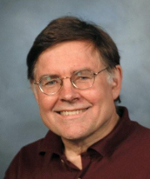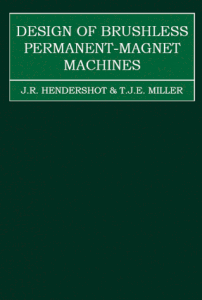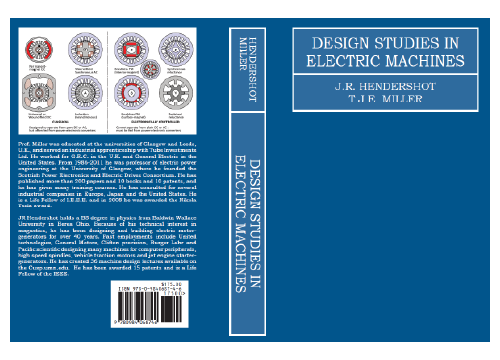An engineer’s diary
-

[No. 40] Flux density
The six images are listed below in the wrong order. Please, before you read this, try to decide what the Bees are showing. The answer is given at the end.
-
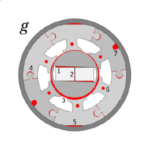
[No. 45] Gaps
Fig. 1 shows a 2-pole IPM (interior permanent-magnet motor) that nobody would want to build. It has so many ‘departures from the ideal’, yet all of its imperfections can arise in …
-
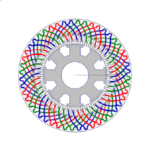
[No. 15] Reading a winding diagram
Winding diagrams come in many different formats. There is no universal standard, but several common conventions can be found in the winding diagrams used by different manufacturin…
-
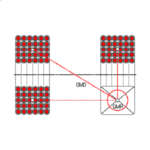
[No. 26] The remarkable work of Rosa and Grover
One of my teachers (Dr. Thomas Foord) gave undergraduate lectures that were so clear, I feel as though I could repeat them nearly 55 years later. Of course I could not do it. That…
-
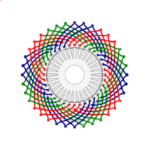
[No. 36] Some essential features of the induction motor – 1
In Column 34 we deduced several inherent features of the synchronous reluctance motor merely by inspecting its cross-section and considering the main flux-paths, and here we will …
-
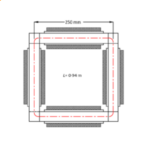
[No. 44] Frequency
The figure shows a sketch of the Epstein square that is used for the measurement of BH data of laminated core-plate in the form of strips arranged in a square with overlapping end…
-

[No. 38] What has the automobile ever done for the electric motor?
From the provocative tone of the question, we might be led to expect an even more provocative answer : “nothing much”. Let’s see how wrong this is, and why.
-

[No. 56] Lèse-Majesté
It is easy to imagine the IPM (interior permanent-magnet motor) as the monarch of electric motors. Indeed to question its supremacy could be said to be lèse-majesté.
-
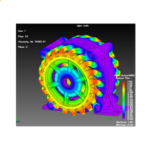
[No. 29] Theory and practice in engineering training
The training and education of engineers is hurt by the pandemic and the associated restrictions imposed everywhere We hear of the difficulties experienced by schools and colleges,…
-
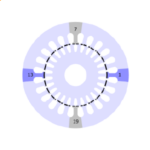
[No. 24] Synchronous torques in induction motors
Fig. 1 shows two types of irregularity in the speed/torque characteristic of an induction motor — the asynchronous torque dip and the synchronous torque dip. These are sometimes c…
-

[No. 33] Transformations; and passing thoughts about rigour
It is probably fair to say that most of us do not have much to do with the mathematics of transformation theory, yet much of what we do relies on the theory of one or more transfo…
-
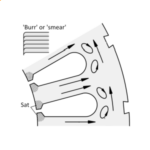
[No. 27] Loss Segregation
Like many quotations, this is a shocking example of quoting someone out of context. It comes from Cyril G. Veinott, writing in 1935, [1].That sentence is followed by seven others …
-
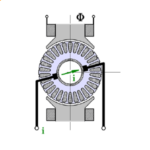
[No. 21] What is a space-vector?
A space-vector — let us say, a space-vector of current — is a single complex number representing the combined effect of all three phase currents in an AC machine at a particular i…
-
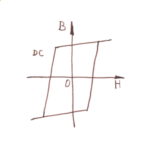
[No. 8] Hysteresis
At the JMAG Users’ Conference in Strasbourg last October, Hiroyuki Sano (JSOL) and Yves Thiolière (Powersys) gave a detailed class tutorial on the hysteron, a defined trapezoidal …
-
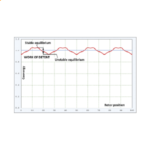
[No. 32] Work of detent
Torque ripple is the variation in the torque of an electric machine as the rotor rotates. It depends on many factors including the current waveform, but in permanent-magnet motors…
-
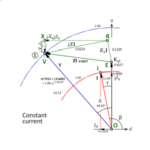
[No. 25] Constructing and reading the flux-weakening phasor diagram
This article concerns the permanent-magnet brushless AC motor. We’re going to review the phasor diagram, which has been the basis of AC motor theory for about 120 years. We will c…

